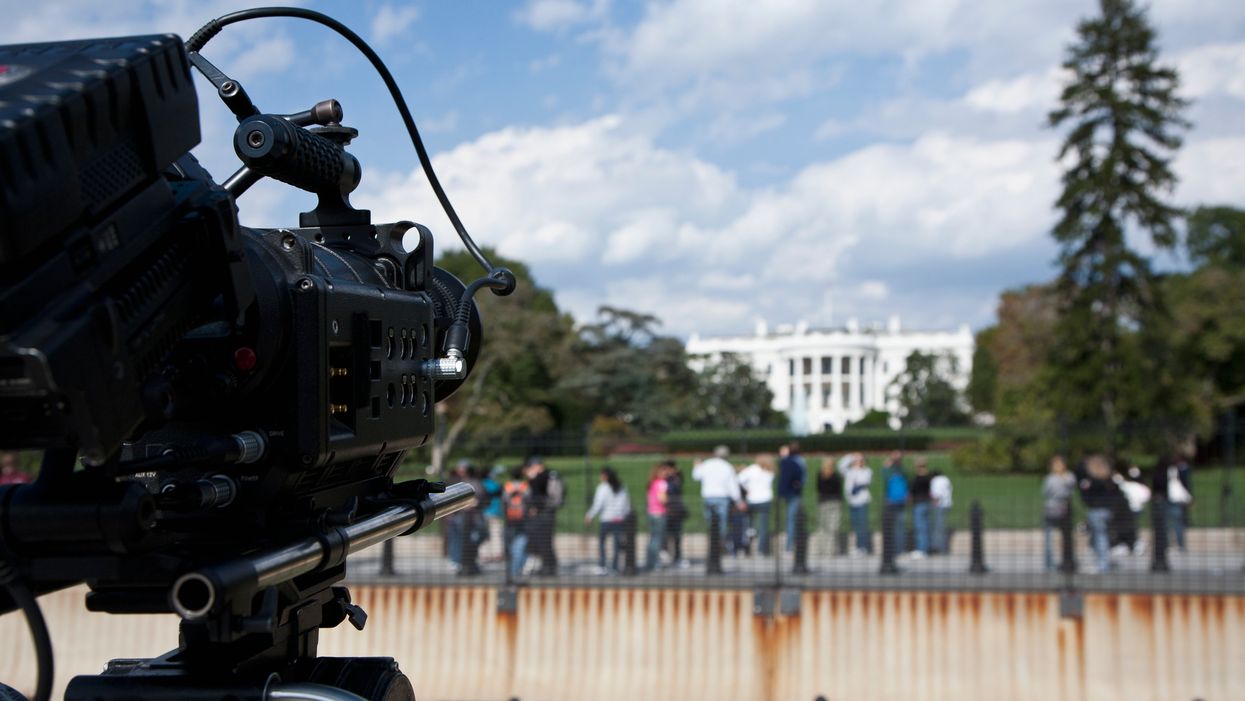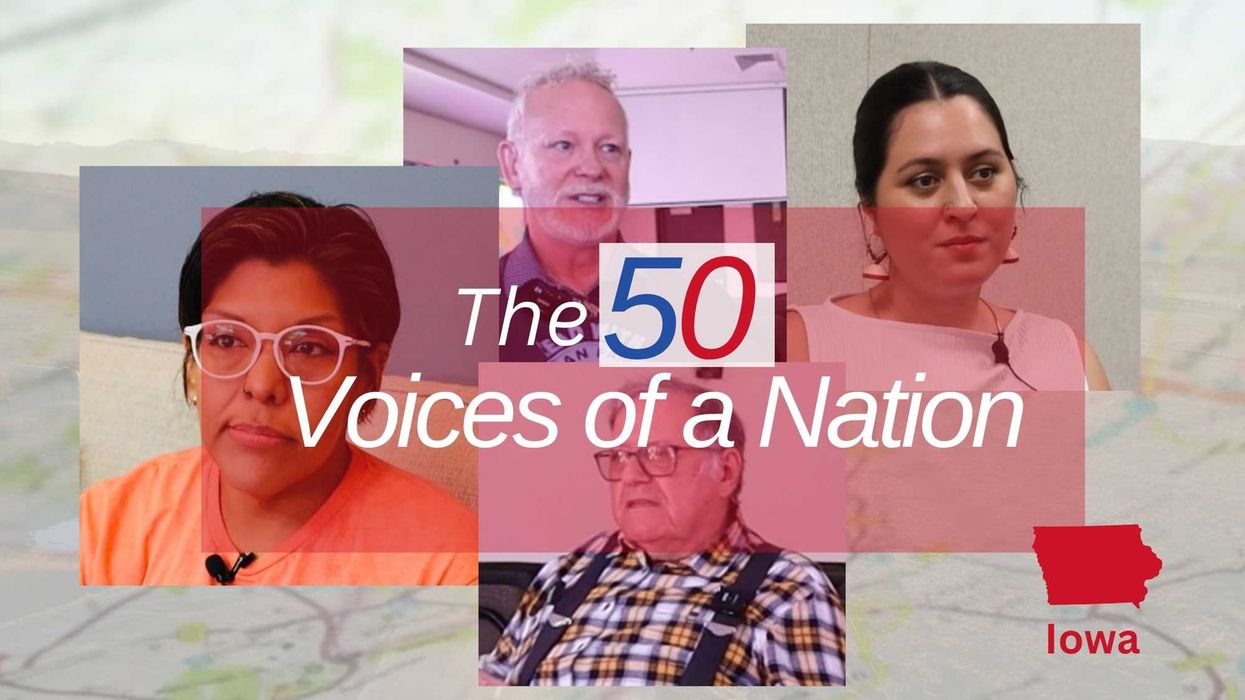Coan is a depolarization strategist who volunteers for Braver Angels, which encourages people to befriend and understand those with differing political opinions.
Can news be unifying? Will Americans want to watch or read unifying news?
The emphatic answer is "Yes" to both questions.
A new concept, unifying news can reduce the divides that so many Americans desire to to be rid of. This is especially true of unifying news to help bridge our political chasm, which seem most pronounced this election season.
Unifying news would provide informative and newsworthy content, but also other data or context that facilitates greater social cohesion. It can include a focus on hot-button political issues; articles that highlight useful research or unifying activities; and human-interest stories that show examples of good character, collaboration, and relationships across political divides. Finally, unifying news can potentially focus on aspects of society that are contributing to disunity, with the goals of reducing their influence or changing their behavior.
Since news is constantly happening, unifying news can create a drumbeat of unifying content. As the old marketing adage says, it can be necessary to reach people seven times to get a message across.
Politically unifying news will often depolarize, but it's helpful to understand the several meanings of this. The most common form of polarization is the increasing ideological divide, but many researchers are more concerned about other types. One is affective polarization, which in the American context has essentially translated into increasingly negative emotions and attitudes toward those in the other political party. Another is how Americans have overly monolithic and extreme misperceptions of the other side.
These are frequently more concerning because of their potential to spiral into catastrophic outcomes. Increasing affective polarization can lead to viewing the other side tribally, as "the enemy," and being willing to do nearly anything to defeat them — even if that damages the democratic republic or leads to physical violence.
And misperceptions can act as a catalyst for increased division: Behavioral responses are tied to assumptions about the other side, and overly aggressive behaviors based on misperceptions lead to increasingly dramatic emotional and behavioral responses. These types of polarization can create a vicious cycle and continue to worsen.
Yet the situation is not hopeless. It is possible to address affective polarization, and especially misperceptions. Those would be main targets of unifying news. Ideological depolarization would tend to follow, when readers feel more comfortable having overlaps with others across the political spectrum.
Americans are familiar with highly divisive news, so it may be difficult to imagine what unifying news would look like or understand how it can work. The ideas may evolve as research progresses.
For actual news, it can highlight survey data showing overlaps across political divides, shared needs and goals, and shared morality. It is still possible to explain disagreements, especially across a spectrum instead of between two binary categories. This approach should reduce misperceptions and build on the theory that people with similar attitudes tend to like one another.
Other stories can highlight people whose actions may be considered respectable or admirable by those on the other political side. This type of story relies on many social psychological principles including decategorization (highlighting unique individuals rather than stereotypes), parasocial contact(seeing positive portrayals of the other side) and a "moral emotion" of elevation (induced by seeing exemplary examples from the other side).
Stories of collaboration, friendship and close relationships should reduce polarization, using concepts such as having shared superordinate goals, vicarious contact (people knowing others in their group having positive interactions with the other group), and cross-categorization (shared identity categories).
Finally, unifying media can provide coverage that reduces the influence — or changes the behavior — of institutions contributing to disunity.
This must be deft, not simply criticizing unwanted behavior. Journalist Ezra Klein has documented the shifts in journalism's business model that have led to a "polarized media" that "weaponizes differences." Shaming institutions may not work when polarization is a business model. However, individuals may be influenced to change consumption behavior — as evidenced by research showing how leaving Facebook for a month can leave people happier and less polarized, if somewhat less informed.
Approaches for unifying media may be academically sound, but they can only work if people want to read or watch it. There are clear reasons to believe many would.
First, surveys show widespread dissatisfaction with current offerings. A poll last year found 54 percent saying they want to stay informed about the news but following it causes them stress." Another survey found 59 percent believing journalism and news media promotes mostly destructive public discussion and debate — and only 16 percent believing it promotes constructive discussion and debate.
Meanwhile, unifying news can be designed to be "contagious." Perhaps most importantly, it can use stories and target arousing emotions including surprise, joy, awe, hope and even love. Potentially, anger or fear could be used strategically and carefully, likely against institutions that promote divisive content.
In other words, unifying news does not have to be the broccoli to polarizing candy bars. Audiences can genuinely come to want the more unifying content.
While there is not a clear example of unifying news in use, it can draw inspiration from concepts such as solutions journalism, constructive journalism, and positive or "good" news.
Unifying news would likely need to be created away from existing media outlets, at least initially. Newsrooms under intense financial pressure may want to stick with what works, though this often involves more divisiveness and polarization. However, some training of journalists is possible, following in the footsteps of organizations such as Spaceship Media or Resetting the Table.
The audience unifying news needs to reach directly, if it hopes to be effective, may be relatively narrow. Each of the cable news networks, which often rely on divisive content, reach 1 percent or less of the total American public each evening.
Research suggests unifying news can reduce polarization and should attract at least a core audience. Let's give it a shot.



















